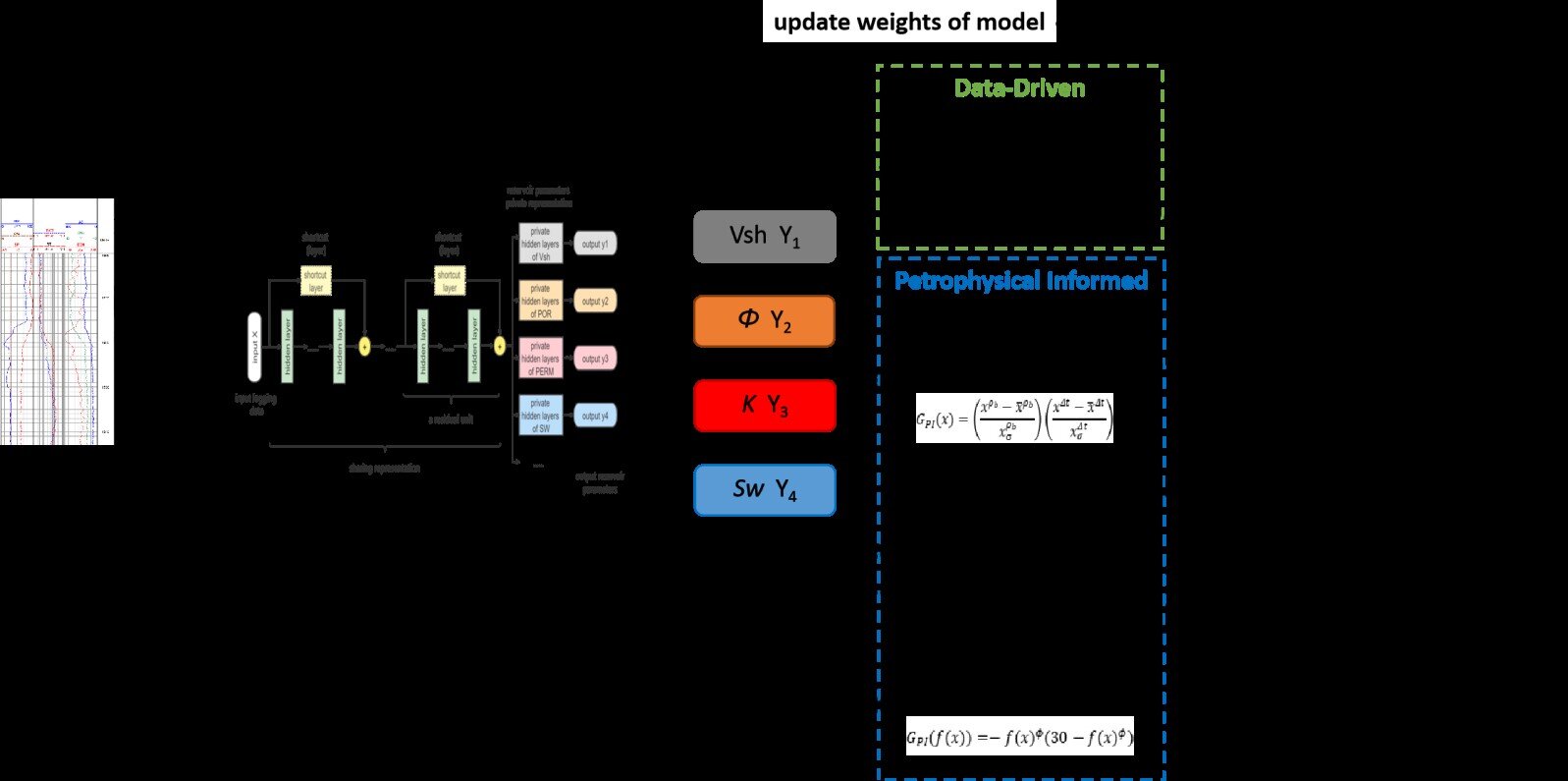Artificial intelligence (AI), particularly deep learning and reinforcement learning, excels at analyzing data. These techniques can statistically analyze data to identify relationships between inputs and outputs, without relying on predetermined physical principles.
A key part of training AI models is a loss function. This function calculates the difference between the model's predictions and the desired outcomes (labels). An optimizer then adjusts the model's internal settings based on this loss function to minimize the difference between predictions and labels.
However, geophysical well logging incorporates a rich body of existing knowledge, including mathematical and physical models. Relying solely on data-driven models can sometimes lead to results that contradict established knowledge. Additionally, training data with uneven distribution or subjective labels can hinder the performance of these models.
A recent study in Artificial Intelligence in Geoscience describes a new approach that incorporates domain knowledge into the training of data-driven machine learning models for well logging tasks, specifically predicting reservoir parameters.
"Our model, called the Petrophysics Informed Neural Network (PINN), integrates petrophysical constraints into the loss function to guide training," explains lead author Rongbo Shao, a Ph.D. candidate at China University of Petroleum-Beijing. "During training, if the model's output deviates from established petrophysical knowledge, the loss function is penalized by these constraints. This steers the output closer to theoretical values and reduces the impact of labeling errors on model training."
This approach also helps identify the correct relationships within training data, especially when dealing with limited samples.
"We introduce allowable error and petrophysical constraint weights to make the influence of mechanism models more flexible within the machine learning model," Shao further elaborates. "We then evaluated PINN's ability to predict reservoir parameters using real-world data."
Shao and his team found that PINN achieved greater accuracy and robustness compared to purely data-driven models. However, the researchers acknowledge that selecting petrophysical constraint weights and allowable error remains subjective, requiring further investigation.
Corresponding author Prof. Lizhi Xiao of China University of Petroleum-Beijing highlights the significance of this research: "Integrating data-driven AI models with knowledge-driven mechanism models is a promising area of research. The success of PINN in well logging represents a major step forward for geoscience in this direction."
Looking ahead, Xiao emphasizes the need for continued refinement: "Selecting petrophysical constraint weights and allowable error, along with adapting domain knowledge to various geological formations, are ongoing challenges. Additionally, the quality of datasets is crucial for applying AI in geophysical logging. There's a need for comprehensive, publicly available well logging datasets that are both high-quality and extensive."




0 Comments